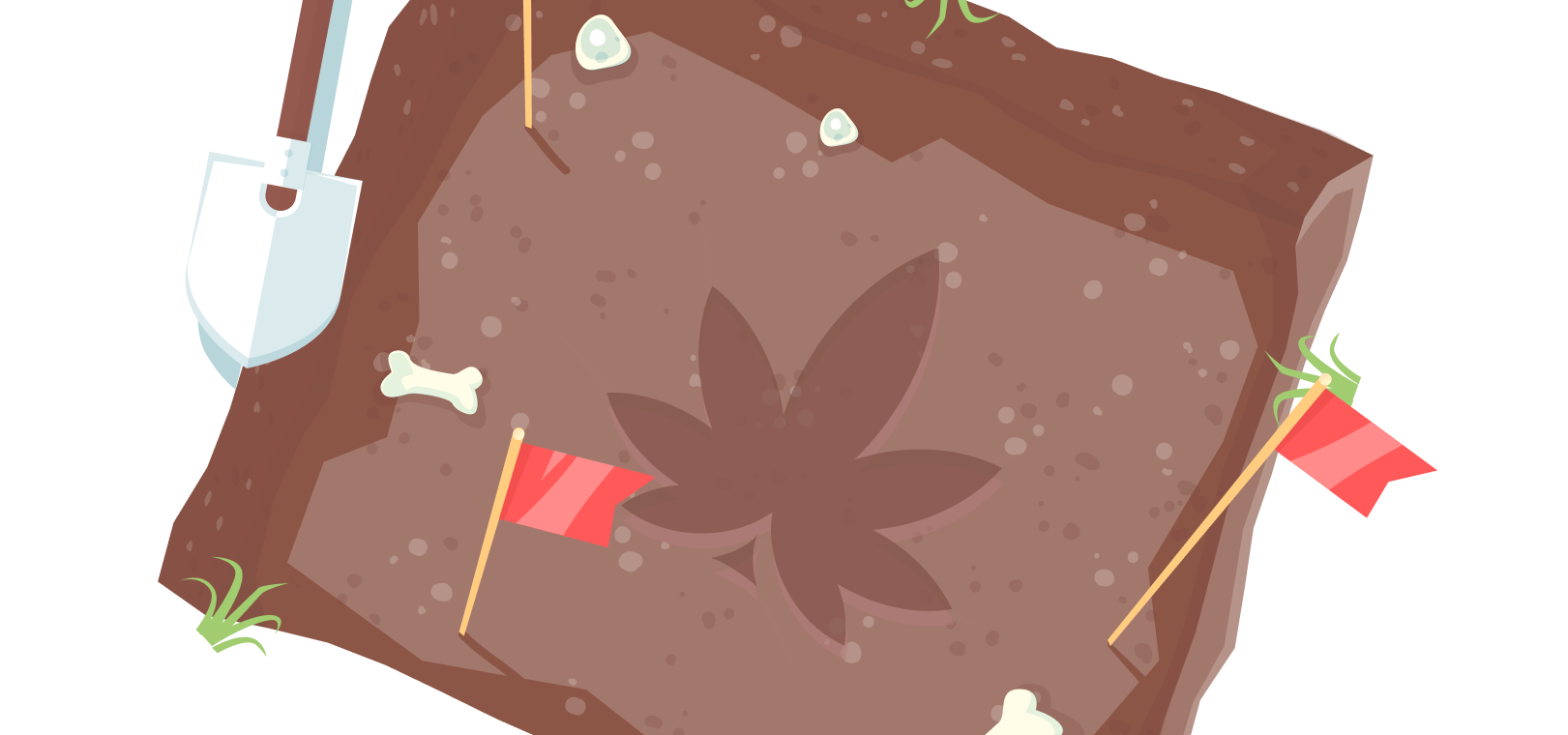
Discover the 10,000-year long history of cannabis use. See how this once sacred plant has suddenly become a feared drug in the eyes of the people, as well as why cannabis deserves the redemption story we’re witnessing now.
Since the dawn of the 20th century, cannabis use has become stigmatized by the majority of the world.
Interestingly, the largest contributor to the worldwide prohibition of marijuana has recently given the plant an opportunity for redemption. It appears the ban on cannabis will end exactly where it has started — in the United States.
The recent change in opinion was spurred by the legalization of recreational marijuana in Canada which abruptly ended 85 years of prohibition.
But, when we look at the history of cannabis from a wider perspective, the recent period of 20th-century ban on cannabis is just a drop in the ocean given its 10,000-year timeline.
The two members of the cannabis family— hemp and marijuana — have long been praised for their therapeutic properties and a large number of other applications. People were using hemp for ropes, textiles, paper, cosmetics, food, and even housing.
What went wrong?
What’s the history of cannabis use? And what lead to its prohibition 85 years ago?
Let’s dig a bit in the history of cannabis use, starting with the stone age.
Table of Contents
From prehistoric use to contemporary times, we cover the most important periods in the history of cannabis use.
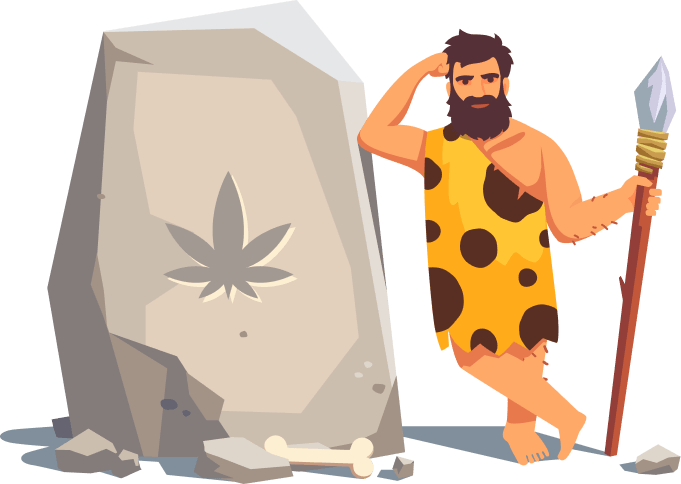
The first use of hemp cord in pottery was recorded in an ancient village sate over 10,000 years ago near the area that makes up modern-day Taiwan. This record makes hemp as one of the first agricultural crops on earth.
As explained in the 2009 Scientific American article on sustainable agriculture by Richard Hamilton:
Modern humans emerged some 250,000 years ago, yet agriculture is a fairly recent invention, only about 10,000 years old… Agriculture is not natural; it is a human invention. It is also the basis of modern civilization.
This point was also mentioned by Carl Sagan in 1977 when he suggested that cannabis may have been the world’s first agricultural crop and a major driver in the development of civilization itself.
On top of being regarded among the “five grains”, hemp became one of the most popular clothing materials in China. Later on, hemp textiles made it to Turkestan where they were highly popular for their durability (1).
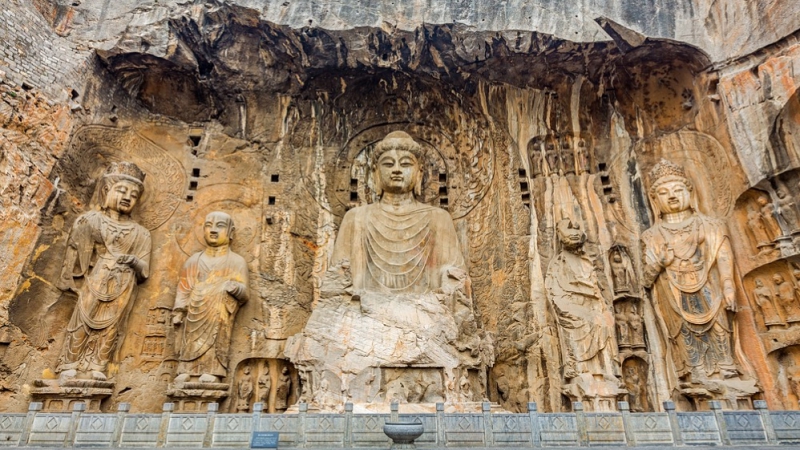

Emperor Shen Nung mentioned cannabis as a potential medicine for treating gout, rheumatism, senility, menstrual problems, and inflammation.
The first cannabis-infused drink, Bhang, was mentioned in the Hindu sacred text “Atharvaveda” (Science of Charms) under the name “Sacred Plants”, one of the five sacred plants of India. Bhang was a mixture of dried cannabis leaves and stems, used for medical and ritual purposes as an offering to Shiva.
Nomadic tribes from the Indo-European region used cannabis in steam baths, but there are also records of burned cannabis seeds in burial rituals.
Atharva Veda was another way to say “source of happiness”, “bringer of freedom”, and “joy-giver” in the Hindu language. Interestingly, it was also used in relation to cannabis in Hindu religious texts. At that time, cannabis was smoked at daily spiritual services and religious rituals (2).
Cannabis was a popular ingredient in Ayurvedic medicine. During this period, open religious use of marijuana spurred the exploration of its therapeutic properties. Weed was used to treat a range of ailments such as anxiety, bronchitis, epilepsy, tumors, dry coughs, nausea, or rabies.
Cannabis was mentioned in an Egyptian medical papyrus as an effective treatment for inflammation.
Cannabis pollen was found on the mummy of Ramesses II, the Egyptian pharaoh who died in 1213 BCE after living for 96 years. Interestingly, Egyptians lived for 40 years on average at that time (3) so a 96-year-old pharaoh was something very special.
The Assyrians indulged in the psychotropic effects of marijuana for recreational and medical reasons (4).
Cannabis was found in the Zoroastrian “Zendavesta”, an ancient Persian religious document counting several hundred volumes. The text refers to bhang (cannabis-infused drinks) as “the good narcotic.” (5)
Scythian tribes used cannabis seeds as offerings during their burial rituals in royal tombs.
The first signs of cannabis use in Russia appeared around 600 BCE in the form of hemp ropes and lashings.
As told by Herodotus, an ancient Greek historian born in the Persian empire, cannabis seeds were used in burial rituals in Northern Europe. A gravesite was discovered in the late 1940s in Pazryk, where a Scythian couple was buried with two small tents and containers for burning incense (6). One tent was accompanied by a decorated leather pouch with wild cannabis seeds inside. At the same time, an urn containing leaves and seeds of the cannabis plant was unearthed near Berlin, which was also believed to be brought by Scythians from northern Europe.
The Greek physician Dioscorides prescribed cannabis for earaches and toothaches. Cannabis was also widely consumed throughout the Roman empire. Women from more prominent regions of ancient Rome also used cannabis to alleviate labor pains and menstrual cramps.
“The Histories” by Herodotus reported on both ritual and recreational uses of Cannabis by Scythians in 430 BCE.
China became the first country in the world to produce hemp paper. The first evidence of hemp paper use also comes from China.
The psychotropic properties of cannabis were mentioned in the newly compiled Pen Ts’ao Ching, the ancient herbal document in China (7).
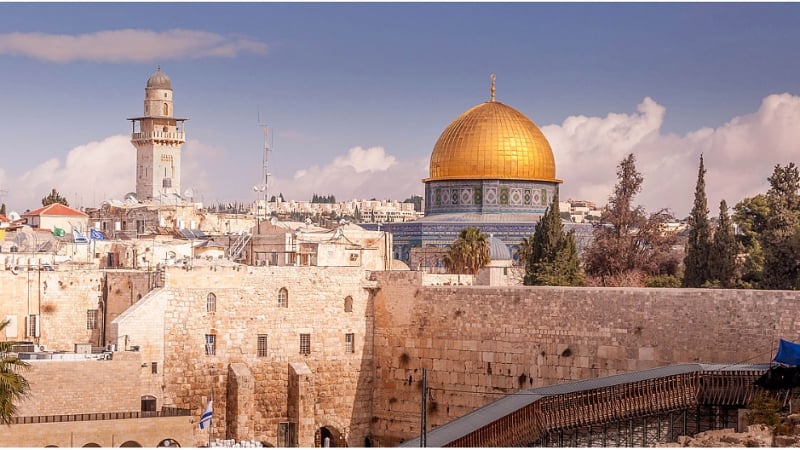

Hashish was stored in Samaritan gold-and-glass paste stash box along with coriander and salt. Those containers were later placed in Siberian tombs.
Pliny the Elder mentioned hemp rope and marijuana’s analgesic effects in his work “The Natural History.” (8)
Plutarch observed Thracians using marijuana as an intoxicant. Thracians would throw cannabis buds into the bonfire, inhale the smoke, and then fall asleep. Interestingly, neither Herodotus nor Plutarch condemned the practices of these people; they just reported on the habits of another culture.
Dioscorides, a famous physician in Nero’s army, put medical marijuana in his “Pharmacopeia” — an official compendium of medicinal compounds.
Hemp ropes were imported to England, making its first historical appearance in the country.
Greek Physician Galen prescribed medical marijuana for the first time (9).
Hua T’o was the first Chinese physician to describe cannabis as a painkiller. He used a combination of cannabis and wine to anesthetize patients before surgeries.
A young woman in Jerusalem received medical marijuana during childbirth to reduce cramps and relax muscles to speed up the birth.

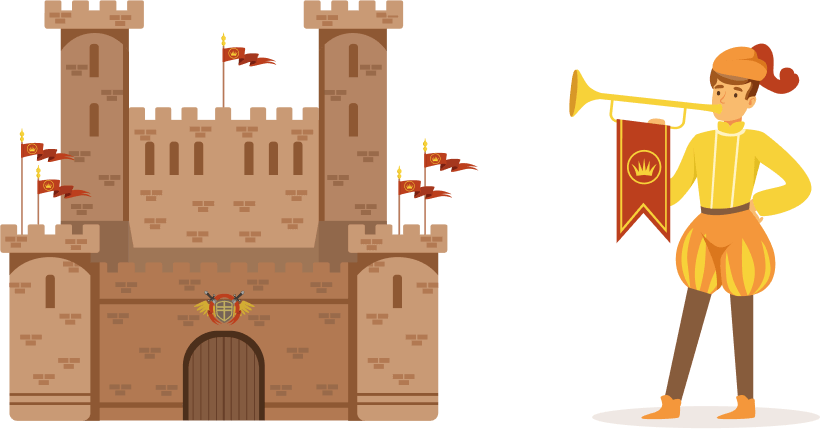
Hemp cloth was found in the tomb of the French queen Arnegunde (10).
The Jewish “Talmud” described the euphoriant properties of cannabis and its use in religious rituals.
Infamous conquerors were known for many atrocious acts throughout history, but they also did a couple of good things, to be honest. For example, they brought hemp ropes and seeds to Iceland.
Cannabis — or hashish, to be more specific — was becoming increasingly popular in the regions of Arabia. Scholars debated the advantages and potential risks of using hashish as it spread throughout the entire country.
Italy became yet another country to employ ropes in their infrastructure. Italians used hemp ropes on their ships (11). At the same time, Arabic physician Ibn Wahshiyya started a discussion about the potential side effects of marijuana in his work “On Poisons.”
Avicenna was a Persian medical writer and an author of “Avicenna’s Canon of Medicine”. In his book, Avicenna highlighted cannabis as an effective treatment for edema, gout, infectious wounds, and acute headaches. “Avicenna’s Canon of Medicine” was extensively studied between 13th and 19th century, having a profound impact on Western medicine (12).
Hasan ibn al-Sabbah became the first leader of the Nizari order, also known as “Assassins.” He recruited followers to form a paramilitary organization of paid mercenaries. According to some of the earliest written tales about the activity of Assassins, the order used cannabis — specifically hashish — to inebriate their victims before they gave them the kiss of death. The early 12th century was also when the use of hashish became very popular throughout the Middle East.
The Sufi master Sheik Haydar tried to usurp the discovery of cannabis and invention of hashish. At that time, the use of hash spread to Iraq, Bahrain, Egypt, and Syria. Other written narratives mentioned the use of cannabis as an inebriant.
Cannabis was introduced by mystic devotees from Syria during the Ayyubid dynasty of Egypt.
Hashish was mentioned in “1,001 Nights”, an Arabic collection of tales, as an intoxicant and aphrodisiac.
The oldest monograph of hashish, “Zahr al-’arish fi tahrim al-hashish”, was written at the beginning of the 13th century.
The psychoactive nature of cannabis was also described by Ibn al-Baytar of Spain. At the same time, Arab traders brought cannabis to the Mozambique coast of Africa.
Marco Polo gave second-hand reports of the story of Hasan ibn al-Sabbah and his order of assassins using hashish to inebriate their victims. The popularity of cannabis started to increase in Europe at that time, too.
Arab traders brought cannabis from India to Eastern Africa, where it spread among the natives. Cannabis was used by Africans to treat asthma, dysentery, fever, and malaria.
The discovery of Ethiopian pipes packed with marijuana confirmed the use of cannabis by African tribes.
The first attempt to ban cannabis was recorded in the late 14th century when Ottoman Emir Soudon Scheikhouni issued the edict against the eating of hashish due to its rapidly spreading popularity (13).
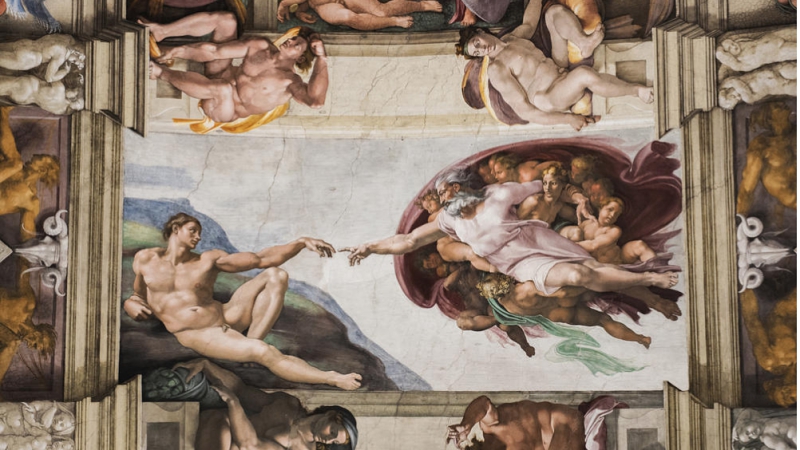

The Spanish brought cannabis to the Americas. Native Americans used it for practical rather than medical purposes, making ropes or clothes. However, years later, they also discovered the medical benefits of the plant — as well as its intoxicating properties.
Babur Nama, the founder and the first emperor of the Mughal Empire explored the history of hashish use in Afghanistan.
The French physician Rabelais mentioned marijuana’s medicinal effects in his work “Gargantua and Pantagruel.” (14)
King Henry VIII would fine English farmers who didn’t grow hemp for industrial purposes. He passed an act telling all landowners to devote ¼ of an acre to cultivating hemp. The aim of the bill was to maximize the production of industrial hemp, which was used in middle ages to make ropes and textiles due to the plant being 3 times stronger than cotton and resistant to salt water. At that time, hemp was a major crop in the UK, and up to the 1920s, 80 percent of clothing was made from hemp textiles.
Angolan slaves who were delivered to the sugar plantations of northeastern Brazil brought cannabis with them and were even permitted to grow their cannabis plants between rows of cane. They were also allowed to smoke weed between harvests (15).
Mohammed Ebn Soleiman Foruli of Baghdad wrote the epic poem, Benk u Bode, where he allegorically depicted a dialectical battle between hashish and wine.
First records of medical marijuana use in Portugal date back to 1563 when a Portuguese physician Garcia da Orta reported on the plant’s therapeutic effects.
Li Shih-Chen, one of China’s most revered medical textbook writers, mentioned marijuana as a potential antibiotic and antiemetic (16).
Russia signed a major trade deal with England for the exportation of hemp (17). As a key hemp producer in eastern Europe, Russia started to provide the western regions with massive supplies of hemp, contributing to the rapid development of the hemp industry on the whole continent.

The French and British started to grow cannabis for industrial hemp at their colonies in Virginia, Plymouth, and Port Royal.
Jamestown settlers cultivated hemp for its exceptionally strong fiber and used it to make sails, ropes, and textiles.
Robert Burton suggested in his “Anatomy of Melancholy” that marijuana may be an effective antidepressant.
Linnaeus classified the Cannabis sativa plant family. At that time, both plants from the Cannabis sativa L. genus — hemp and marijuana — were referred to as cannabis (18).
The New England Dispensatory became the first place to sell medical marijuana. This may have been the first official marijuana dispensary the world has ever seen.
Kentucky began the home of hemp farmers. The majority of US hemp crops were grown in that state throughout the fall of the 18th century.
During his war conquest, Napoleon found out that the vast majority of the Egyptian lower class regularly consumed hashish. Soldiers returning to France brought this tradition with them, which caused Napoleon to declare a total prohibition on hash among his legions (19).
Marijuana was widely cultivated in California, Georgia, Kentucky, Mississippi, Nebraska, New York, and South Carolina. Americans might not have been as keen on hashish as the French, but they would use it quite often back then, too. Also, Hashish production significantly expanded from Russian Turkestan into Chinese Turkestan over the course of the 19th century.
Antoine Sylvestre de Sacy, one of the most influential Arabists, suggested a possible etymology between the terms “assassin” and “hashishin”, which could explain the legends about medieval mercenaries using hashish to inebriate their targets (20).
Cannabis research was systematized in English medical journals thanks to the contribution of the Irish physician William O’Shaughnessy. The man was particularly passionate about India, where he took a job with the East India Company, undertaking his studies on cannabis use and stimulating research with his findings throughout the West. O’Shaughnessy also significantly contributed to various other areas of scientific studies; some of his innovations are still in use. He also helped cement British reign over India by establishing its groundbreaking telegraph communications network. O’Shaugnessy was later knighted for this achievement.
The French author Gautier published “The Hashish Club”, a book on Persians dedicated to the exploration of drug-induced experiences, particularly with hashish.
1850 was the year when cannabis was added to “The U.S. Pharmacopeia”, officially becoming an acknowledged medicine (21).
Marijuana was easily available in pharmacies and general stores due to its wide use throughout the United States as a medicinal drug.
John Greenleaf Whittier became the first American writer to mention cannabis as an intoxicant and a recreational substance.
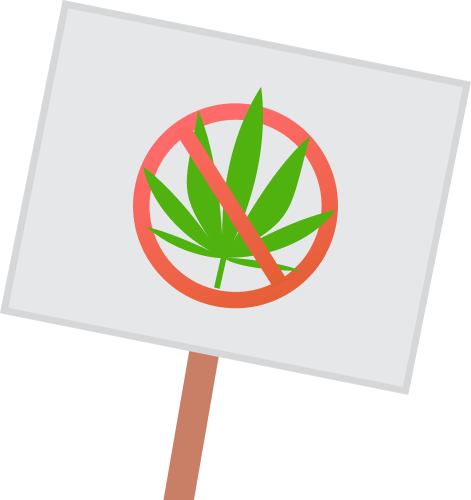
Great Britain taxed “ganja” and “charas” trade in India. These two terms referred to cannabis and hashish.
The American writer Ludlow published “The Hasheesh Eater”, which was an autobiographical work describing Ludlow’s altered state of consciousness and philosophical discourse after consuming cannabis concentrates.
Greek Department of Interior Affairs put the ban on the importance, cultivation, and use of hashish regardless of the purpose. In the same year, hashish was made illegal in Turkey, while Queen Victoria received her personal medical marijuana prescription from her chief physician Sir J.R. Reynolds (22).
Despite being heavily taxed, the importation of hashish expanded throughout India. The report issued by the India Hemp Drugs Commission talked about 70,000 to 80,000 kg of hashish being legally imported into India from Central Asia (23).
Cannabis became first regulated along with alcohol, opiates, cocaine, and others in the Pure Food and Drug Act that passed in 1906.
The Mexican Revolution resulted in a sudden influx of Mexican immigrants to the USA. They introduced the recreational use of marijuana to American society, which gave roots to the modern marijuana culture and became the major cause of cannabis prohibition in the United States.
The Harrison Narcotics Tax Act introduced in 1914 defined the use of marijuana — among other psychoactive substances — as a declared crime (24).
Bulletin No. 404 was introduced by the United States Department of Agriculture (USDA) chief scientists Jason L. Merrill and Lyster H. Dewey. The scientists highlighted paper made from hemp pulp, which they deemed “favorable in comparison with those used with pulp wood.”
As further noted by Jack Herer in his book “The Emperor Wears no Clothes:”
“The USDA Bulletin N. 404 reported that one acre of hemp, in annual rotation over a 20-year period, would produce as much pulp for paper as 4.1 acres (17,000 m2) of trees being cut down over the same 20-year period. This process would use only 1/7 to 1/4 as much polluting sulfur-based acid chemicals to break down the glue-like lignin that binds the fibers of the pulp, or even none at all using soda ash. The problem of dioxin contamination of rivers is avoided in the hemp paper making process, which does not need to use chlorine bleach (as the wood pulp paper making process requires) but instead safely substitutes hydrogen peroxide in the bleaching process. … If the new (1916) hemp pulp paper process was legal today, it would soon replace about 70% of all wood pulp paper, including computer printout paper, corrugated boxes and paper bags.”
Unfortunately, mass production of cheap newsprint from hemp was abandoned by major corporations in the USA, who already made large investments in operational equipment for harvesting cotton, wool, and linen while neglecting investments in hemp production. The shadow of cannabis prohibition looming over the country only worsened the economic situation of the hemp industry.
The US government officially prohibited cannabis for recreational use. Prohibition first began in California (1915), then other states — Texas (1919), Louisiana (1924), and New York (1927) — followed suit (25).
The 18th Amendment to the US Constitution imposed the ban on the production, sales, and transportation of alcohol. It also listed marijuana as an attractive alternative that could also result in abuse and addiction.
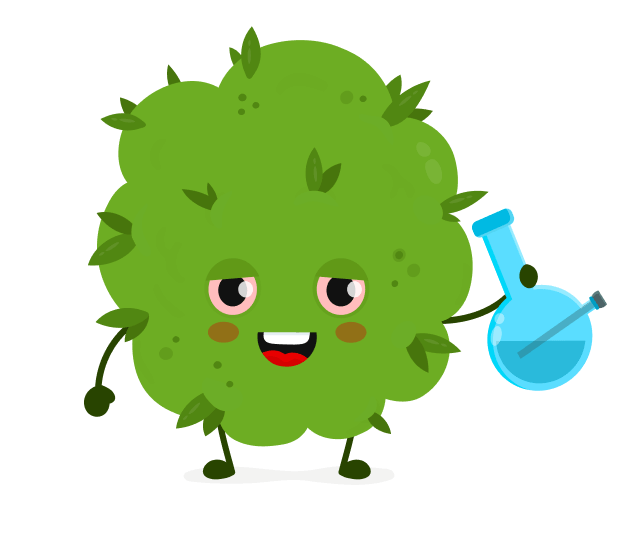
When US Congress passed the Marijuana Tax Act in 1937, cannabis became criminalized despite the contradictory opinions of many medical experts.
Dr. William C. Hoodward, who testified on behalf of the American Medical Association, told Congress that:
The American Medical Association knows of no evidence that marijuana is a dangerous drug (…) A prohibition loses sight of the fact that future investigation may show that there are substantial medical uses for cannabis.
Congress, however, ignored his comments and ultimately passed the 1937 act. The information about marijuana prohibition was quickly spread by newspaper articles from magazines owned by William Randolph Hearst, who had significant shares in the timber industry, whose economic potential was threatened by hemp’s cost-effectiveness and sustainability.
Dr. Raphael Mechoulam, an Israeli scientist, discovered and described the molecular structure of THC, the psychoactive component of cannabis. He also synthesized the compound for further research (26).
Cannabis was put under Schedule 1 in the Controlled Substances Act in the US, which limited any research into the plant. According to the Schedule 1 category, cannabis had no accepted medical use and, at the same time, a high potential for abuse (27).
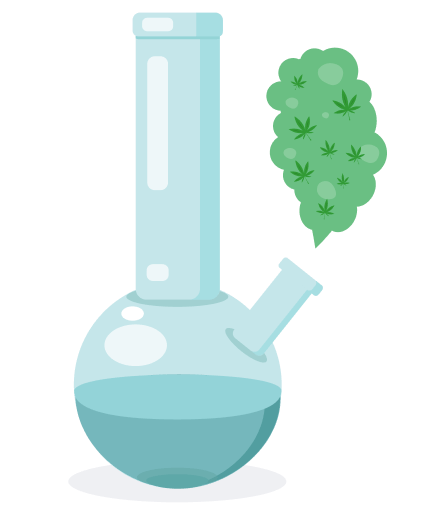
1988 was a groundbreaking year for cannabis. The CB1 and CB2 cannabinoid receptors were discovered. Today, we know that these receptors are a part of the endocannabinoid system (ECS), a comprehensive network of chemicals and neuroreceptors that control nearly every biological function in humans (28).
Since the passage of the first medical marijuana reform in the United States (California), cannabis has received a well-deserved redemption story. Governments, such as those in Canada and various US states, began to legalize cannabis for medical and recreational purposes.
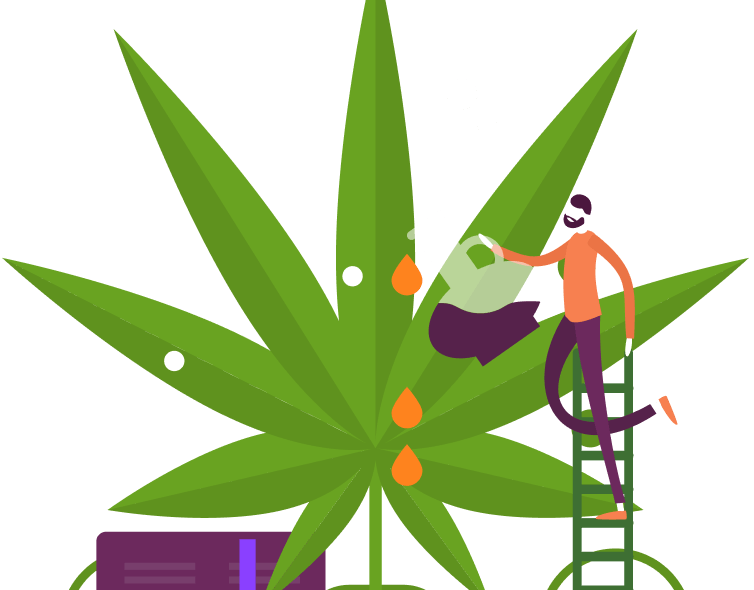
It goes without saying that history likes to repeat itself. With the official introduction of the first federal marijuana legalization bill in the United States, we may soon witness one of the greatest turnarounds in the history of mankind.
There are rumors that the European Union prepares for employing medical and recreational marijuana reforms in each of its member states by 2028.
Recent recommendations from WHO on reclassifying cannabis as a medicine herald global changes in the legality of the plant in developed countries.
It’s time to break the shackles!